Yellow fruits are more than just pretty colors and unique tart flavors; they’re nutritional rich foods rich in vitamins, minerals and antioxidants that support overall health. From strengthening your immune system, to supporting skin health, yellow fruits will diversify your diet in a healthy and tasty way. In this comprehensive article, we’ll explain what yellow fruits are, why they are important, the health benefits of yellow fruits, and how you and your family can add them to a daily diet, especially children and pregnant women. We’ll even include some delicious yellow fruit smoothie recipes!
What Is A Yellow Fruit?
Yellow fruits are fruits that have a naturally yellow skin or flesh. The distinct color of yellow fruits comes from mostly carotenoids, such as beta-carotene, which are health- boosting compounds. Yellow fruits can be from tropical fruits, such as mangoes, to everyday fare, such as bananas. They are sweet and tangy in flavor and most yellow fruits can easily be incorporated into sweet and savory recipes.
Why Are Yellow Fruits Important For Your Health?
Yellow fruits are important for a healthy, balanced diet based on their high nutritional value. The brightness of yellow fruits also indicates that they include many health- boosting compounds that help maintain bodily functions and help you protect against diseases.
Discover more great posts like this
10 Types of White Fruit That Boost Your Health
Reasons to Consume Yellow Fruits:
- High in Vitamin C: Helps boost your immunity, helps your skin health, and helps speed up your recovery from wounds.
- Carotenoids and Antioxidants: Can protect our cells from damage, can promote eye health, and may reduce chronic disease risk.
- Naturally Energizing: Come from sources of natural sugar (natural fruit), no harmful additives or preservatives.
- Supports Eye Health: Carotenoids like lutein help protect our vision, helps prevent macular degeneration, etc.
- Supports Digestive Health: High levels dietary fibre can help regular bowel health, support gut health
- Hydrating and Low-Calorie: Help you feel full and hydrated, without adding additional calories.
- Improves Mood and Reduces Stress: Contains essential nutrients like magnesium in bananas, which is good for muscle relaxation, etc. It can be helpful to anxiety and alleviating feelings of stress.
15 Types of Yellow Fruits to Eat Every Day
1.Bananas
One of the most popular tropical fruits and known for being natural sweet and creamy textured. Bananas are rich in potassium, magnesium, and dietary fiber, making them perfect for maintaining heart health and good digestive health.
- Why: They are rich in potassium, energy food, and fibre.
- Ways to use: Eat raw, add to oatmeal, add to smoothies.
2Mangos
Mangos, also known as the “king of fruits,” are sweet, juicy, and fragrant, full of vitamins A and C that are important for skin and eye health.
- Why: Rich in vitamin A, vitamin C, and antioxidants.
- Use: Chopped in salads, desserts, or smoothies.
3.Pineapples
A tropical fruit with prickly skin and sweet, tart flesh. Pineapples contain bromelain which helps with digestion and inflammation.
- Why: It contains bromelain which helps with digestion and inflammation.
- Use: Eat them fresh, juice them, or put them on pizza.
4.Lemons
Lemons are sour, citrusy, and very versatile in the kitchen. They are high in vitamin C, and are ideal for detoxing or alkalizing the body.
- Why: They are very high in vitamin C, and great for detoxing and immune health.
- Use: Lemon water, salad dressings, or marinades.
5.Yellow Apples
Crisp and sweet-tart, yellow apples provide soluble fiber and antioxidants that support gut health and heart health.
- Why: A good source of fiber, and vitamin C.
- Use: Raw, hot/cooked in pies, or dried apple chips.
6.Yellow Peaches
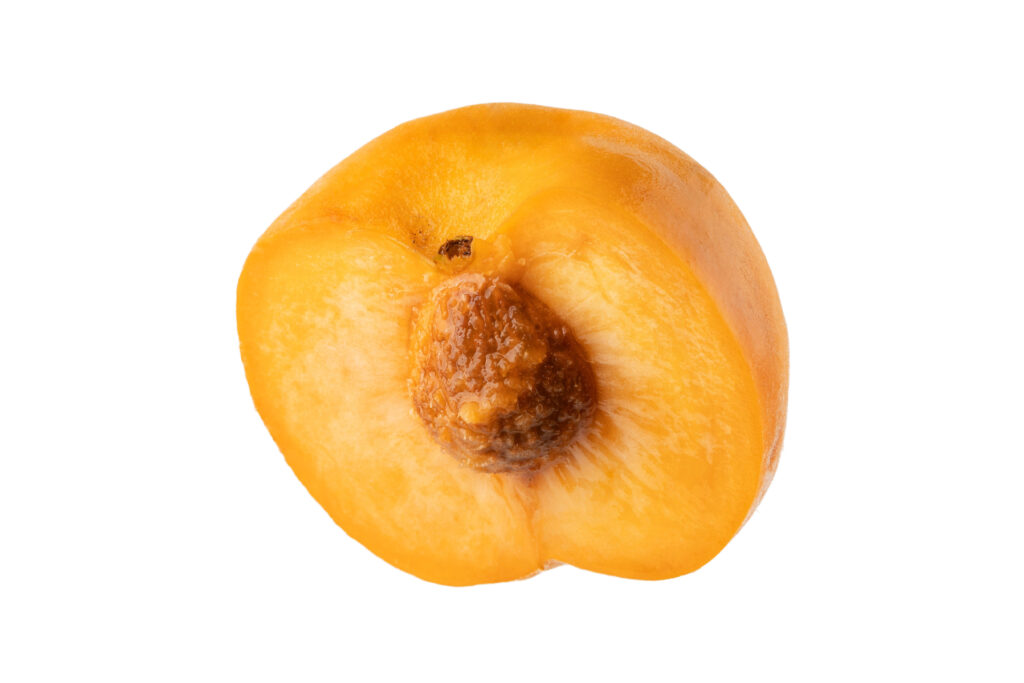
Prized for their juiciness, fragrance, & skin care properties, yellow peaches are also an excellent source of vitamins & antioxidants to keep skin healthy and hydrated!
- Why: A bunch of antioxidants, and vitamins that are good for your skin.
- Use: Fresh, canned, or in desserts.
7.Papayas
Papayas are a tropical treat with soft, orange-yellow flesh. They have digestive enzymes and vitamins that help support gut health and immune health.
Why: Rich in digestive enzymes, vitamin C, and vitamin A.
Use: Fresh in salads, smoothies, or fruit bowls.
8.Yellow Watermelons
Yellow watermelons are super hydrating with unique yellow, gold, or orange flesh. They have antioxidants such as lycopene.
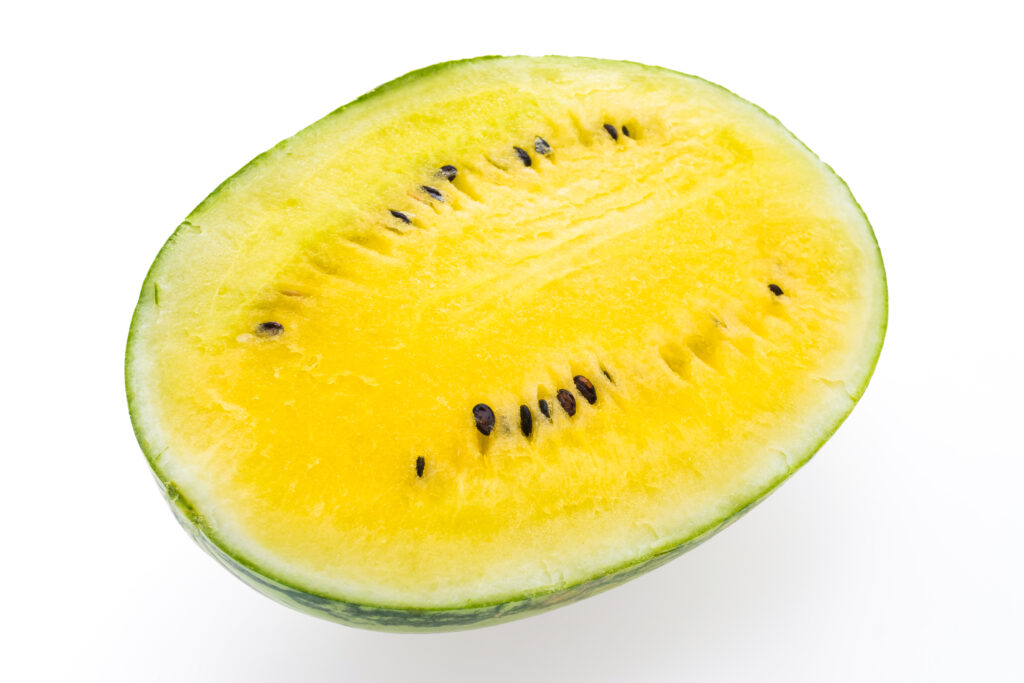
- Why: Hydrating and high in antioxidants.
- Use: Fresh slices or blended into juice.
9.Yellow Dragon Fruit
Yellow, spiked skin with white or yellow flesh, filled with tiny seeds, the yellow dragon fruit is high in fiber and has antioxidants for gut health and skin health.
- Why: Helps digestion and improves skin health.
- Use: Fresh, raw, or with fruit salads.
10.Starfruit (Carambola)
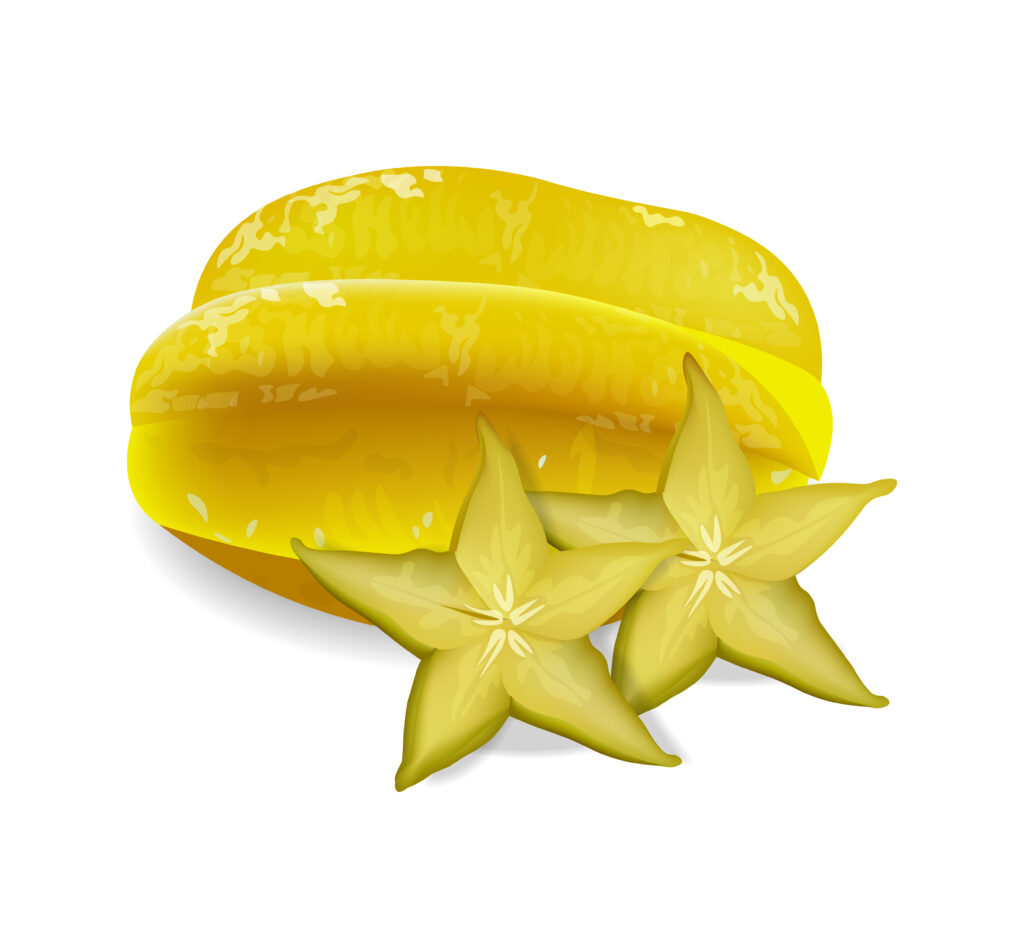
Starfruit is named for the shape of the cross-section when cut. It is somewhat tangy and will have vitamin C and antioxidants.
- Why: Includes antioxidants and vitamin C.
- Use: Sliced in salads or eaten raw.
11.Golden Kiwifruit
With a smooth, golden skin, golden kiwifruit has a sweeter flavor profile than green kiwis and is also naturally high in vitamin C and digestion-supporting enzymes.
- Why: It has more vitamin C than the green kind.
- Uses: Raw or smoothied.
12. Yellow Plums
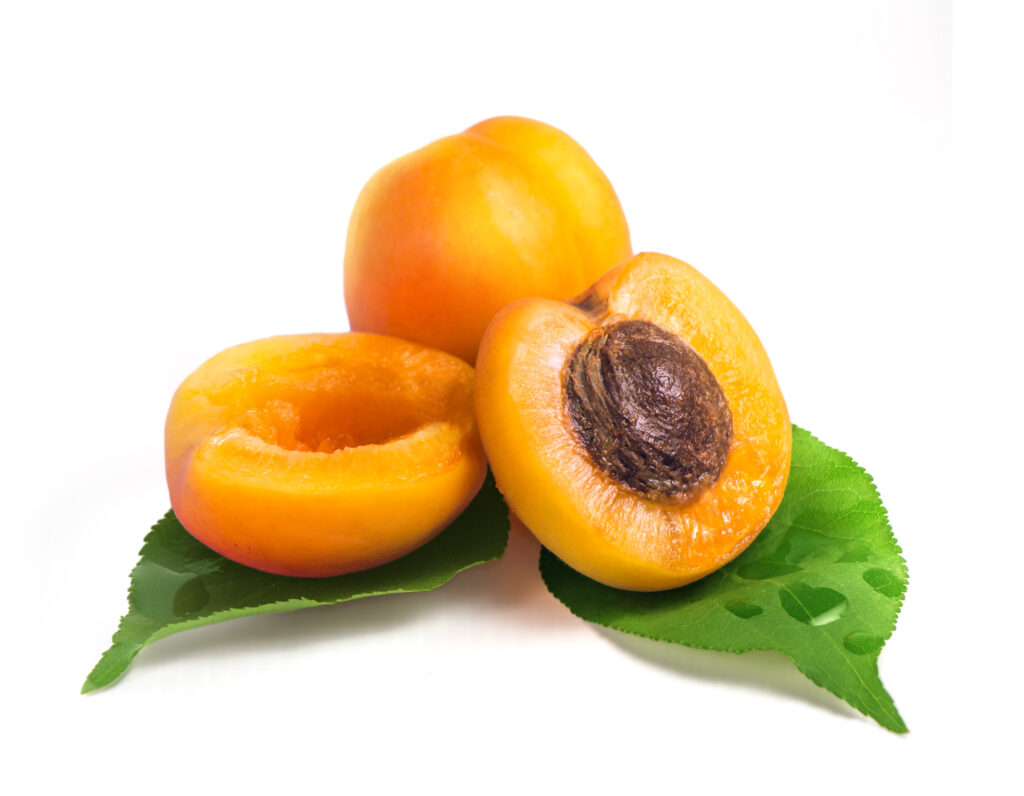
Small and nearly round yellow plums, which have a sweet flavour, can be a good source of fibre, vitamin C, and antioxidants to help protect our cells from damage.
- Why: It is rich in antioxidants and fibre.
- Uses: Fresh, jam, or dried.
13.Quince
A firm, aromatic fruit often used in cooking, quince is a good source of vitamin C and iron and can help support our body’s immune function and energy production systems.
- Why: It has vitamin C and iron.
- Uses: Cooked and used in jams or jellies.
14.Yellow Pears
A soft and juicy fruit with delicate sweetness, yellow pears, have high water content and plenty of fibre, which acts as a prebiotic and also can support heart health and digestion.
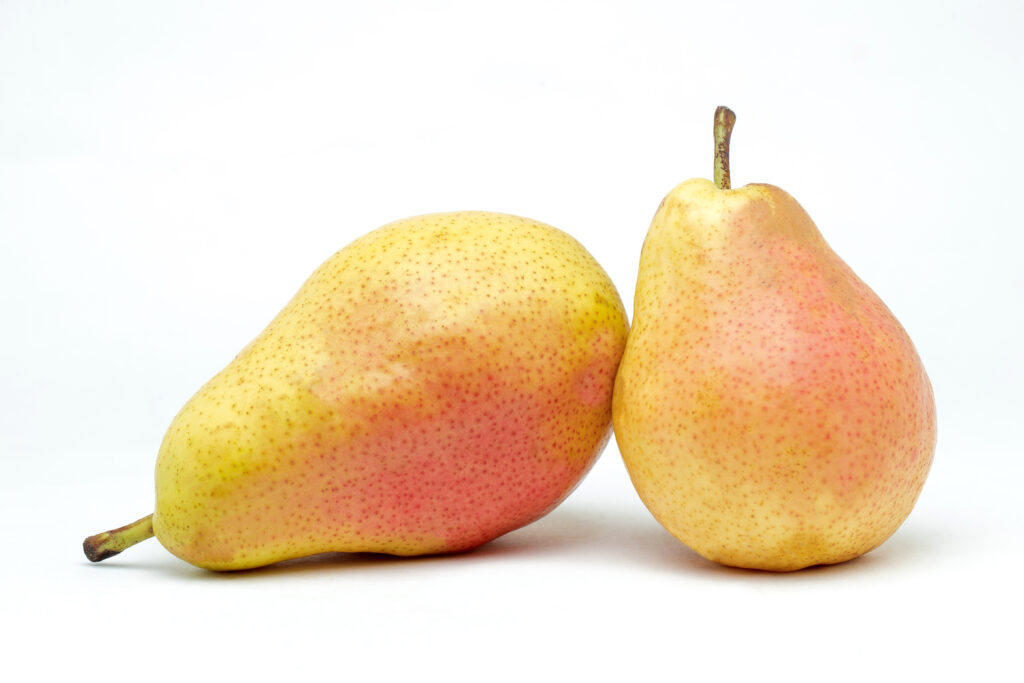
- Why: It is high in fibre, and hydrating.
- Uses: Raw or cooked.
15.Loquats
Bright yellow-orange skin, small, nearly round, sweet yet tart small fruit, loquats are a source of vitamin A, and a source of fibre to help with digestion.
- Why: It contains vitamin A and dietary fibre.
- Uses: Raw, jam, fruit salads.
Health Benefits of Yellow Fruits
Yellow fruit has a number of positive effects on health for these reasons:
- Strengthen your immune system! Yellow fruit has a lot of vitamin C and antioxidants that help fight against infections and support healing processes.
- Improve digestion! Yellow fruit contains fiber along with digestive enzymes such as bromelain and papain which will help your overall gut health.
- Promote eye health! Yellow fruit contains carotenoids like lutein and zeaxanthin that protect our precious eyes from oxidative damage.
- Help you glow! Yellow fruit is high in vitamin A and vitamin C which help the body create collagen while reducing some signs of aging.
- Give you energy! Yellow fruit possesses natural sugars that allow the body to receive a quick release of energy without all of the additives and preservatives that come with processed foods.
- Weight control! Yellow fruit is low in calorie density – high in fiber so it will help the body feel full for a longer period of time, which will help in regulating healthy weight.
- Support heart health! Yellow fruit is high is minerals like potassium that play a part in regulating blood pressure and lowering the risk of heart disease.
Why Yellow Fruits Are Important for Healthy Skin
Introduction
Those bright yellow fruits do more than just brighten your plate—they can help brighten your skin as well! Yellow fruits contain vitamin C, antioxidants, and naturally hydrating sugars, which can all play a role in providing your skin with a few benefits, such as producing collagen, protecting your skin from free radical damage, and just making your skin glow.
Yellow Fruits and Skin-Health Benefits:
Vitamin C Source: Lemon, pineapple, and mango are just some yellow fruits high in vitamin C, which is not only necessary for collagen formation but also for skin firmness, elasticity and youthful appearance.
Beta-Carotene for Radiance: Mangoes and yellow peaches also have beta-carotene which will convert to vitamin A in your body to help provide a good even tone while keeping your skin from being dull.
Antioxidant Protection: Bananas and papayas can help prevent oxidative stress and provide protection to your skin cells from damage caused by the environment like pollution and sun exposure.
Hydration: Yellow fruits such as watermelon and pears can provide hydration in a manner that is natural and needs no additional enhancements. These fruits are composed mainly of water.
Top Yellow Fruits for Glowing Skin:
- Mango
- Pineapple
- Lemon
- Yellow peach
- Yellow apple
- Papaya
- Banana
Ways to Use Yellow Fruits for Healthy Skin:
- Eat 1-2 servings a day by eating them as a snack or in a salad or smoothie.
- Use lemon juice or papaya pulp for DIY face masks (only use if no skin allergies).
- Drink lots of citrus water to cleanse/lubricate internally.
Are Yellow Fruits Safe and Nutritious for Kids and Expecting Mothers?
Yellow fruits are, in general, safe and very healthy for kids and pregnant women, as long as they are eaten fresh and within limits. Yellow fruits supply many of the essential vitamins and minerals kids need to grow and develop through nutrition including vitamin C, vitamin A, fiber, and sugars!
For Kids:
- Boosts the immune system.
- Helps with building bones and healthy skin.
- Good for digestion and overcoming constipation.
- Natural and safe snack.
For Expecting Mothers:
- Source of folate, vitamin A, and hydration for fetal development.
- All the natural energy you need to overcome fatigue.
- Good for digestion and addressing constipation during pregnancy.
Note: Be sure to wash your fruit thoroughly before eating as they could be contaminated and may contain pesticides.
Yummy Yellow Fruit Smoothie Recipes
Adding yellow fruits to your smoothie is one of the best ways to get their benefits! Here are some very easy and healthy smoothie options to try.
1.Tropical Sunrise Smoothie
- 1 ripe banana
- 1/2 mango
- 1/2 cup pineapple
- 1/2 cup coconut water
- Blend with a little ice, and serve cold.
2Citrus Energy Smoothie
- Juice of 1 lemon
- 1 yellow apple (sliced)
- 1 yellow pear
- Honey for sweetness (optional)
- 1/2 cup water
- Blend until smooth.
3.Golden Glow Smoothie
- 1 golden kiwifruit
- 1/2 peach
- 1/4 cup papaya
- 1/2 banana
- Blend with ice cubes for a smoothie.
Yellow vs Other Colored Fruits: Which is Healthier?
Introduction
There are many colors of fruit—yellow, red, green, purple, and so on. Aside from their appearance, each color represents a breakdown of the nutritional compounds inside the fruit. Whereas yellow fruits are high in vitamin C, carotenoids, and potassium, the other colored fruits have other health properties. However, which fruit colors are generally healthier?Overview of Nutrition
Yellow Fruits: Yellow fruits are known for containing vitamin C, beta-carotene, potassium, and antioxidants that can help with immune function, skin health, and digestion. Bananas, mangoes, lemons, and pineapples are just a few examples of yellow fruits.
Red Fruits: Red fruits are largely composed of lycopene and anthocyanins that can help with circulatory health such as heart health. Typical red fruits include strawberries and watermelon.
Green Fruits: Green fruits are found to contain chlorophyll, folate, and magnesium among other nutrients. Some examples of green fruits are kiwis and green apples and are connected to bone health and detoxification.
Purple/Blue Fruits: Blue and purple fruits are well known for their anti-aging abilities in attributes like dementia and associated cognitive decline because they are rich in anthocyanins and resveratrol. Blueberries and grapes are mostly well-known fruits of blue and purple.
Yellow fruits are important for a healthy, balanced diet based on their high nutritional value. The brightness of yellow fruits also indicates that they include many health- boosting compounds that help maintain bodily functions and help you protect against diseases.
Why should I eat yellow fruits?
Fast fuel: Yellow fruits like bananas and pineapples offer quick clean energy via their sugars.
Immune support: The vitamin C in yellow fruits will also provide immune support which is necessary to protect against infections.
Skin: The beta-carotene in yellow fruits will affect your skin tone and elasticity by creating collagen in the body.
Eyes: Carotenoids from yellow peppers and mango contribute to vision.
Should I eat more yellow fruits?
Not exactly. Yellow fruits may add some benefits of their own but the healthiest diet is made up of many colorful fruits. Many fruits target different aspects of your overall health based on their color.
Yellow Fruits FAQ
Q1: Can you be allergic to yellow fruits?
Most yellow fruits are hypoallergenic, with the exception of some individuals’ allergic reactions to citrus fruit such as lemons.Q2: How much yellow fruit should I eat each day?
Eating 1-2 serving of yellow fruits each day is optimal for healthy eating.Q3: Are yellow fruits better than other colors of fruits?
There is no “best fruit color”, so eat a variety of colored fruits (including yellow) to get a more diverse range of nutrients.conclusion
Yellow foods are a brilliant gift from nature that bring more than color and flavor to our food. They are also important in promoting healthy, vibrant skin, the color, flavor, and efficacy of yellow foods all come to gather because they are loaded with the macronutrients we need, along with vitamin C, beta-carotene, anti-oxidents, and natural hydration. These nutrients nourish your skin from the inside out, allowing it to support its structure and function.
Vitamin C-rich foods, such as lemons, pineapples, and mangoes, help create collagen in our bodies. Collagen is the protein that gives our skin flexibility, firmness and vibrancy. Poor collagen production leads to saggy, dry skin, prone to wrinkling.
Most yellow fruits contain beta-carotene found in mangoes and peaches; part of the nutrient is converted into vitamin A, which helps skin cells regenerate and repair themselves. Vitamin A helps reduce dullness, brightens skin tone and protects skin from harmful UV rays and environmental pollution.Bananas, papayas and other yellow fruits are also rich in anti-oxidents, and they fight free radicals. Free radicals are unstable molecules that cause oxidative stress to the body and the skin, and contribute to the aging process. Antioxidants neutralize free radicals, and help keep skin looking and feeling youthful, vibrant, and hydrated while significantly reducing inflammation.
Try to use yellow fruits into your daily routine—either fresh, in a smoothie, or as topical elements—as this will benefit your skin in the long run. It’s also important to remember that besides yellow fruits and vegetables, you need to try to eat a balanced diet that includes a variety of colored fruits and vegetables to cover the nutritional spectrum.
In conclusion, yellow fruits are more than just great supplements in your diet; they are true allies to healthy skin. Introducing yellow fruits as a part of your daily routine can lead to a noticeable improvement in your skin’s quality, radiance, and condition. Enjoy yellow fruits with enthusiasm, and love your skin from the inside out!

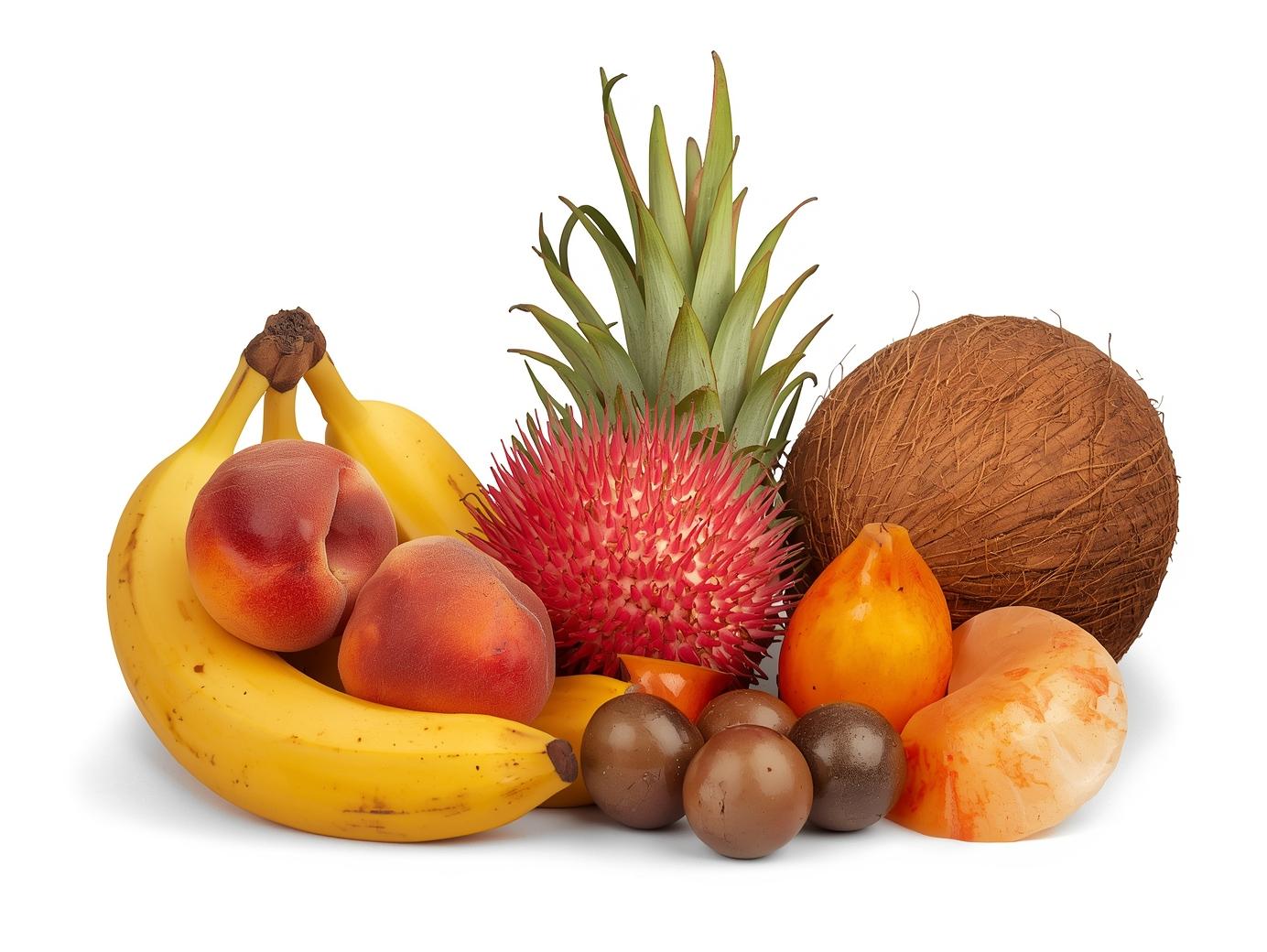



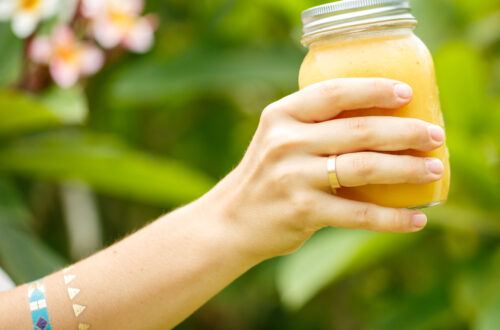
One comment on “15 Powerful Yellow Fruit That Naturally Boost Your Health”